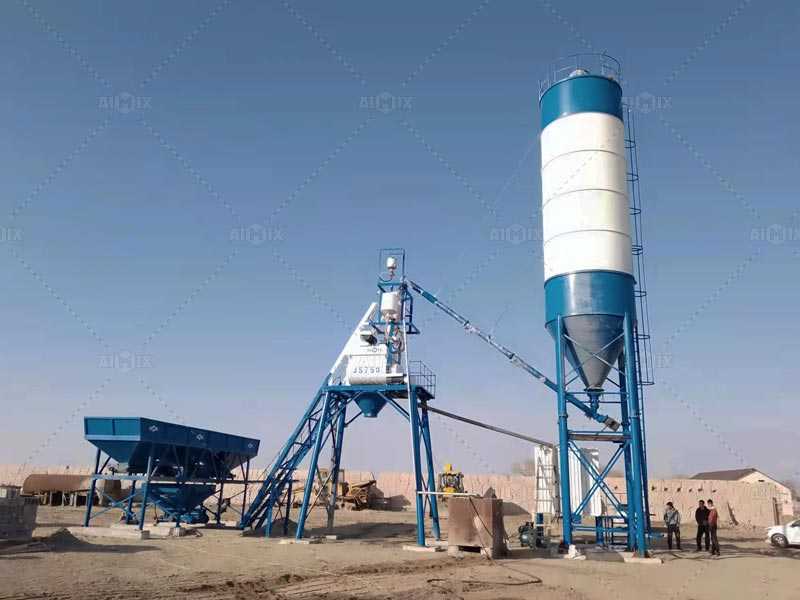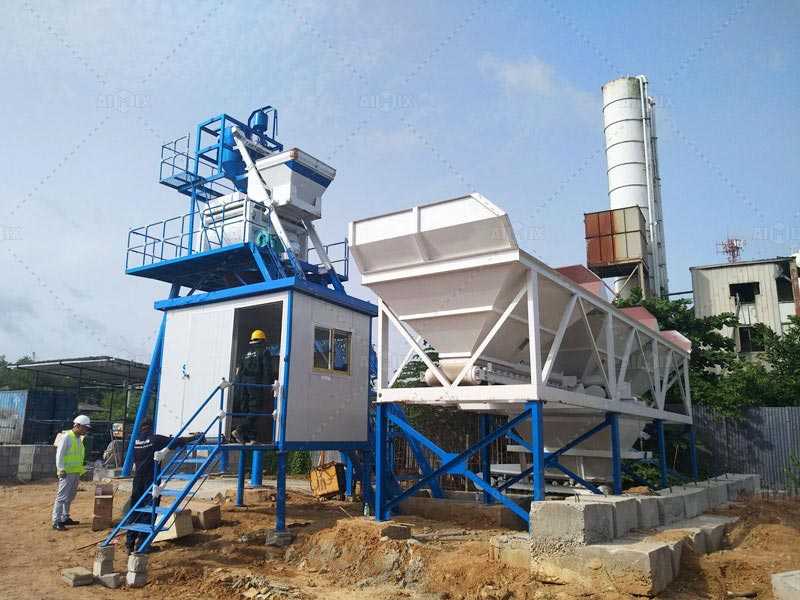Ready Mixed Concrete (RMC) plant has redefined how construction projects approach concrete, making operations smoother and more reliable.
Understanding RMC Plants in Modern Construction
An RMC plant is a facility where concrete is produced in large quantities. It is then transported to construction sites. This process ensures consistency in quality, reduces waste, and saves time.
Today, RMC plants are pivotal in urban development, supporting the rapid construction of infrastructure, residential, and commercial spaces.

The Edge of Using RMC
RMC offers several advantages over traditional on-site concrete mixing. Firstly, it allows precise control over the mix, water-cement ratio, and ingredients. Secondly, it minimizes cement wastage by using bulk cement instead of bagged types. Lastly, it significantly reduces labor costs and site disturbances.
Key Components of an RMC Plant
An effective RMC plant comprises various components that ensure its smooth operation. These include batching plants, conveyors, silos for cement storage, and transit mixers for transportation. Each plays a crucial role in the mixing, storing, and delivery processes.
Batching Plant: The Heart of RMC Production
Controlled programmatically, the batching plant accurately measures ingredients before mixing. This precision guarantees consistent quality in every batch produced.
Cement Silos: Storing the Binder
Cement silos provide ample storage for cement, keeping it dry and ready to use. They are essential for maintaining the efficiency and productivity of an RMC plant.

Integrating Sustainability into RMC Operations
Sustainability in construction is not just a trend but a necessity. RMC plants contribute to this goal by using resources efficiently and reducing on-site pollution. Additionally, modern RMC plants adopt green practices, such as recycling water and utilizing eco-friendly materials.
Enhancing Efficiency with Technological Advancements
Technology plays a vital role in optimizing RMC plant operations. Technological integrations enhance precision, reduce errors, and streamline processes.
Choosing the Right RMC Plant for Your Project
Selecting an RMC plant is a critical decision that influences project success. Factors to consider include the plant's production capacity, location relative to the construction site, and the quality of materials used. Additionally, the plant's environmental practices and technological capabilities are important considerations.
Ensuring Quality and Reliability
A reputable RMC plant adheres to strict quality standards and possesses certifications from recognized industry bodies. This commitment to quality ensures that the concrete supplied meets all requirements for strength and durability.
Making the Shift to RMC: A Strategic Move
Transitioning to RMC is a strategic decision that brings numerous benefits. It not only enhances the speed and quality of construction projects but also promotes sustainability. Furthermore, it streamlines operations, allowing construction companies to focus on their core competencies.
Partnering for Success
Choosing the right RMC provider is key to leveraging these benefits. Look for partners who understand your project's specific needs and can offer customized solutions. A strong partnership ensures a steady supply of high-quality concrete, driving project success.
Conclusion
RMC plants are changing construction by making it faster, better, and greener. As the building grows, RMC becomes more important. Using RMC means projects can reach higher quality, finish on time, and be eco-friendly. For anyone in construction, using RMC plant is a must to stay competitive.
In short, RMC plants are key for modern buildings, offering a smart, efficient, and green way to make concrete. Their role will keep growing, leading to quicker, tougher, and eco-friendlier building methods.









